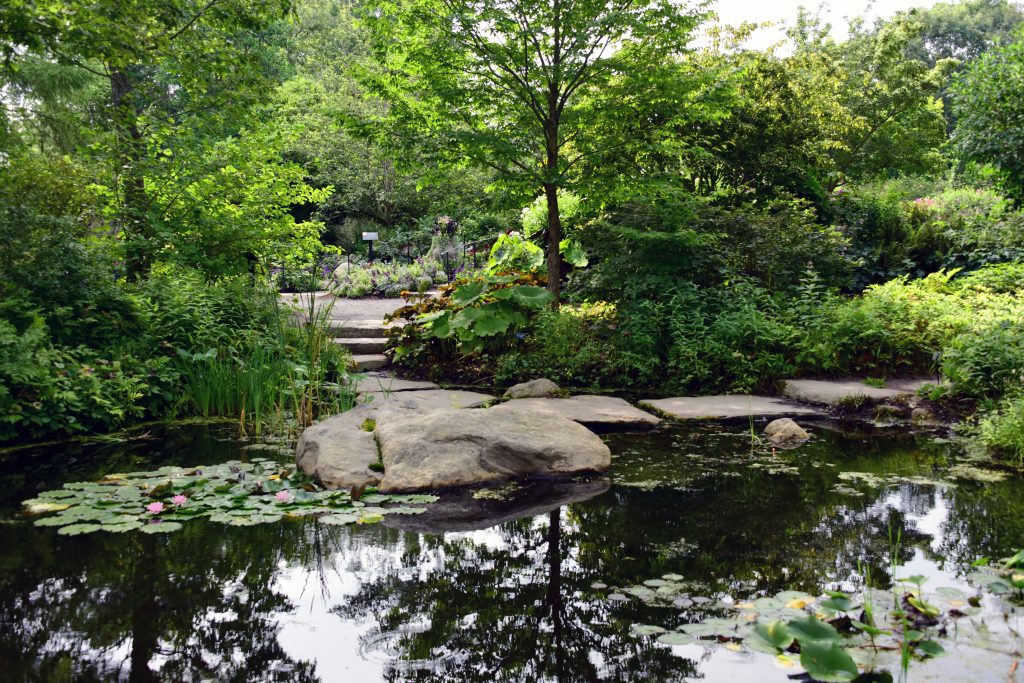A new study led by Chelsey Geralda Armstrong at Simon Fraser University offers hope that perhaps human land use can have long-lasting positive effects after all. Armstrong studied the human land-use legacies of Indigenous forest management in the Pacific Northwest and found that historic Indigenous forest management in the area continues to increase the forest’s biodiversity over 100 years after those groups were last actively cultivating the land.
Researchers have found what they are calling “forest gardens” next to former Ts’msyen and Coast Salish Indigenous villages along the coast of British Columbia, Canada. These forest gardens are previously cultivated orchard-like gardens that stand out in stark contrast to the nearby dense hemlock and cedar forest. The orchard-like areas are filled with fruit and nut trees like crab apples, wild cherries, and hazelnuts as well as a diversity of different berries and medicinal plants—all useful to humans and other wildlife in the area.
Armstrong studied four former Ts’msyen and Coast Salish villages that were known to have been consistently occupied for over 2,000 years before the Indigenous communities were displaced by settler-colonialism in the 1800s. Although these spaces were last actively cultivated 150 years ago, Armstrong found that they still support a greater amount of biodiversity and offer more ecosystem functions than the surrounding forest. The forest gardens remain resilient islands of biodiversity, not only providing abundant forage and habitat for animals in the area but also potentially preventing the spread of invasive species.
Armstrong says, “People don’t always overturn or exhaust the diversity of the landscapes they live in. This is an example of how to use land so that when you’re gone 100 years later, you’ve enhanced the ecosystem.” Often, many think that for nature to thrive, humans must keep themselves apart from it. However, with care and consideration, perhaps nature can thrive even more when we understand how to be a beneficial part of it.
To learn more about this fascinating story, check out the articles from Popular Science magazine and Science magazine.
Read the full article, published in the journal Ecology and Society.
